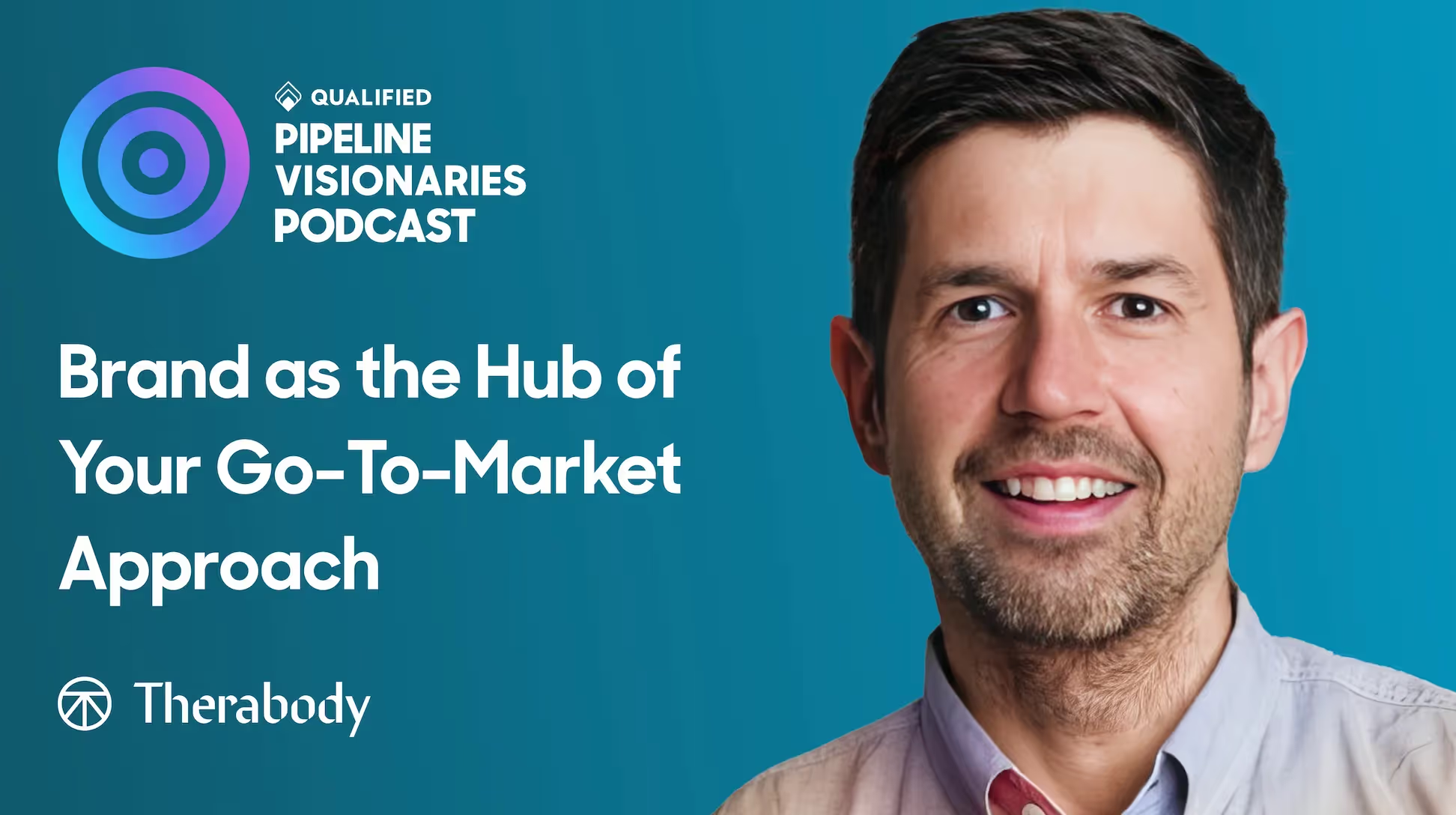Brand as the Hub of Your Go-To-Market Approach
John Solomon, CMO at Therabody, shares about overcoming the “Kleenex problem” and prioritizing the entry to your brand.




John Solomon, CMO at Therabody, shares about overcoming the “Kleenex problem” and prioritizing the entry to your brand.

This episode features an interview with John Solomon, CMO at Therabody, the wellness tech pioneer that brought us the Theragun, among other products that optimize human performance and unlock the body's natural ability to achieve health and well-being.
In this episode, John shares his strategy to overcome the “Kleenex problem”and dives into how they prioritize the entry point to their brand. He also talks about how he structures his team with the brand at the center to avoid silos and strengthen their go-to market strategy.
Key Takeaways:
Stay up to date with weekly drops of fresh B2B marketing and sales content.
John Solomon, CMO at Therabody, shares about overcoming the “Kleenex problem” and prioritizing the entry to your brand.


This episode features an interview with John Solomon, CMO at Therabody, the wellness tech pioneer that brought us the Theragun, among other products that optimize human performance and unlock the body's natural ability to achieve health and well-being.
In this episode, John shares his strategy to overcome the “Kleenex problem”and dives into how they prioritize the entry point to their brand. He also talks about how he structures his team with the brand at the center to avoid silos and strengthen their go-to market strategy.
Key Takeaways:
Stay up to date with weekly drops of fresh B2B marketing and sales content.
John Solomon, CMO at Therabody, shares about overcoming the “Kleenex problem” and prioritizing the entry to your brand.


This episode features an interview with John Solomon, CMO at Therabody, the wellness tech pioneer that brought us the Theragun, among other products that optimize human performance and unlock the body's natural ability to achieve health and well-being.
In this episode, John shares his strategy to overcome the “Kleenex problem”and dives into how they prioritize the entry point to their brand. He also talks about how he structures his team with the brand at the center to avoid silos and strengthen their go-to market strategy.
Key Takeaways:
Stay up to date with weekly drops of fresh B2B marketing and sales content.
John Solomon, CMO at Therabody, shares about overcoming the “Kleenex problem” and prioritizing the entry to your brand.



This episode features an interview with John Solomon, CMO at Therabody, the wellness tech pioneer that brought us the Theragun, among other products that optimize human performance and unlock the body's natural ability to achieve health and well-being.
In this episode, John shares his strategy to overcome the “Kleenex problem”and dives into how they prioritize the entry point to their brand. He also talks about how he structures his team with the brand at the center to avoid silos and strengthen their go-to market strategy.
Key Takeaways:
Discover how we can help you convert more prospects into pipeline–right from your website.